Salient Features of Indian Agriculture – Part 2
by Devender
0 2019
Salient Features of Indian Agriculture
- HYV Seeds (High Yielding Variety) - Green Revolution by Norman Borlaug
- Achieved self-sufficiency in food
- Shorter Life cycles
- Increased productivity
- Benefited Wheat & Rice
- Benefitted Punjab, Haryana, UP, TN, Andhra Pradesh & Maharashtra
- Input cost increased
- Required more water and fertilizers
- Chemical poisoning of soil
- Salinity & Alkalinity increased which makes soil impermeable
- Depletion of groundwater
- Loss of fertility of the soil
- Limited to selective states only
- Limited to selected crops only
- Government Schemes for farmers
- Storage & Marketing policies for food grains & crops
- Redistribution of ownership holding of land by abolishing intermediaries
- Bringing actual cultivators in direct contact with the state
- Land record modernization
- Kissan Credit Card, Personal and Crop Insurance schemes, etc. have been launched
- Ceiling on land holdings and distribution of surplus land to landless agricultural laborers & small farmers
- Command Area Development Programme
- Integrated Watershed Management Programme
- Command Area - Area fed by an irrigation system like Wells, Tubewells, Canals, Tanks, etc.
- Cultivable Command Area - An area that can be fed by an irrigation scheme & is fit for cultivation
- Objective - Improving utilization of irrigation potential and optimizing agricultural productivity & production
- Aim - Bridging the gap between created irrigation potential and its utilization in the command area
- Ministry - A Centrally-sponsored scheme under the Ministry of Water Resources
- Harnessing, conserving, and developing degraded natural resources such as soil, vegetative cover, and water
- Prevention of soil run-off
- Rainwater harvesting and recharging of the groundwater table
- Increasing the productivity of crops
- Introduction of multi-cropping and diverse agro-based activities
- Promoting sustainable livelihoods and increasing the household incomes
- Desert Development Programme (DDP)
- Drought Prone Area Programme (DPAP)
- Integrated Wastelands Development Programme (IWDP)
- Desert Development Programme (DDP)
- Extensive cultivation of one crop
- Use of chemical fertilizers and pesticides
- Shifting cultivation without an adequate period of recovery
- Industrial and mining activities
- Overgrazing
- Forest fires
- Unsustainable water management
- To mitigate the adverse effects of desertification on crops, human and livestock population
- To restore ecological balance by harnessing, conserving, and developing natural resources
- To implement developmental works through the watershed approach
- Drought Prone Area Programme (DPAP)
- Panchayati Raj Institutions have the right to monitor & review the program at district, block, and village levels
- Area development programs to be implemented exclusively on a watershed basis
- To minimize the adverse effects of drought on crops, livestock, the productivity of land, water & human resources
- To optimize utilization of the Watershed's natural resources like land, water, vegetation
- To promote economic development & employment generation for the village community – directly or indirectly dependent on the watershed
- Integrated Wastelands Development Programme (IWDP)
- Focuses on checking land degradation & putting such wastelands to sustainable use
- Increasing bio-mass availability especially that of fuelwood, fodder, fruits, fiber & small timber
- Wastelands development to enhance their productivity
- Aims at rural employment
- Green Manure
- Leguminous types - Have Nitrogen-fixing ability
- Non-Leguminous types - For weed suppression & addition of biomass to the soil
- It helps in soil improvement and soil protection
- It provides forage for pollinating insects
- It has deep rooting properties
- It fixes the nitrogen in the soil, thus Less chemical fertilizers are required
- It provides a habitat for predatory beneficial insects which kill and eat harmful insects thus fewer pesticides are required
- Increase the aeration of the soil and its efficiency at suppressing weeds
- Leguminous plants require a good amount of irrigation
- The primary marketable crop cannot be planted during the green manuring phase
- Biofertilizers & Organic fertilizers
- Increases crop yield by 20-30%
- It provides protection against drought and some soil-borne diseases
- It replaces chemical nitrogen & phosphorus by 25%
- Stimulates plant growth
- Cost-effective
- Environment friendly
- It helps to cleanse the plant from precipitated chemical fertilizers
- Its effects are slower compared to chemical fertilizer
- Difficulty to store as sensitive to temp. and humidity changes
- Much lower nutrient density requires large amounts to get enough for most crops
- hard to locate/purchase in faraway rural areas
- Fertilizer
- Macronutrients - Nitrogen (N), Phosphorus (P), Potassium (K), Calcium (Ca), Magnesium (Mg), Sulphur (S)
- Micronutrients - Boron, Copper (Cu), Nickel (Ni), Zinc (Zn), Iron (Fe), Manganese (Mn), Chlorine (Cl), Molybdenum (Mo)
- NBS (Nutrient Based Subsidy)
- Farmers are relying more on Urea than the new P & K fertilizers
- The prices of these decontrolled products under NBS have doubled relying on the control of manufacturers
- Genetically Modified Food
- Pest resistance
- Herbicide resistance
- Disease resistance
- Draught tolerance
- Salinity tolerance
- Increased nutrition
- Better flavor and color
- Early maturing
- All year availability
- All year availability
- Reduced effectiveness of pesticides
- Unknown effects on human health
- Gene transfer to non-target species
- Playing with nature and its mechanisms
- The monopoly of MNCs in GM seeds
- High input cost as it requires a high dose of fertilizers
- Livestock India
- Kamdhenu - 2 Kg of Milk/Day
- Brackish Water Aquaculture - For Shrimps
- Integrated Fisheries Project - Kochi
- Central Sheep Breeding Farm - Hisar
- Central frozen semen institute & training center - HESARAGHATTA
- Central Poultry training institute - HESARGHATTA (Maize is an imp. poultry feed ingredient)
- Clayely or alluvial moisture retentive soil
- Labor intensive crop
- Clayey or well-drained fertile soil
- Machine intensive crop
- At least 140 frost-free days
- Alternate Rainy & Sunny Season is best for this crop
- It is a long duration crop that takes 10 to 15 months
- Soil exhausting crop that requires a heavy dose of fertilizers
- Its special feature is ratooning
- It can be grown on medium to low fertility soil
- Best is sandy loamy soil with good drainage
- Bigger millets are called Sorghums
- Jowar is Great Millet
- It requires mineral-rich black lava soil (Regur)
- Soil exhausting crop that requires a heavy dose of fertilizers
- It requires rich delta or alluvial soil
- Soil exhausting crop that requires a heavy dose of fertilizers
- Famous substitutes of Jute are Mesta, Kenaf
- It requires sandy soil with good drainage
- It is grown on hill slopes
- It is a Shade-loving crop and is grown in shades of banana or rubber
- It is grown on hill slopes
- It is grown in shades
- It is mainly used as fodder
- It is grown on hill slopes to prevent waterlogging
Positives
Negatives
The government subsidized the power supply and provided cheaper credits to farmers and better roads. They set up FCI to provide MSP to farmers, adequate public distribution of food grains, and stabilize the market volatility.
The government also set up the Indian Council of Agricultural Research (ICAR), agricultural universities, animal breeding centers for research and development of different activities in agriculture. Government also launched programs for better use of land and irrigation. These programs were:
1 Command Area Development Programme (CADP)
2 Integrated Watershed Management Programme (IWMP)
It was a flagship program of the Ministry of Rural Development with aims:
This program actually consisted of 3 major programs which were:
Rainwater harvesting
It is a technique used for collecting, storing, and using rainwater for landscape irrigation and other uses. The rainwater is collected using various manmade catchment surfaces.
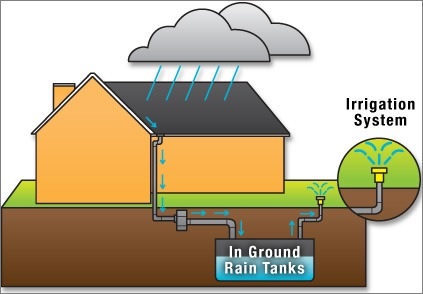
It was a program under the Ministry of Rural Development (Department of Land Resources). Desertification is the degradation of land in any dry land by:
It was started in both the hot desert areas of Rajasthan, Gujarat, and Haryana and the cold deserts of Jammu & Kashmir and Himachal Pradesh. Its objectives were:
It focused on the non-arable land and drainage lines for in-situ soil and moisture conservation. It included agroforestry, pasture development, horticulture, and alternate land use. It was under the Ministry of Rural Development (Department of Land Resources).
It was a watershed project to be co-terminus with village boundaries. Its objectives were:
It was under the Ministry of Rural Development (Department of Land Resources). It was for improving the productivity of waste & degraded lands keeping in view poverty, backwardness, gender & equity.
Its objectives were:
Organic Farming
It excludes the use of manufactured fertilizers, pesticides, insecticides, fungicides & herbicides and strictly prohibits the use of plant growth regulators, livestock antibiotics, food additives, and genetically modified organisms.
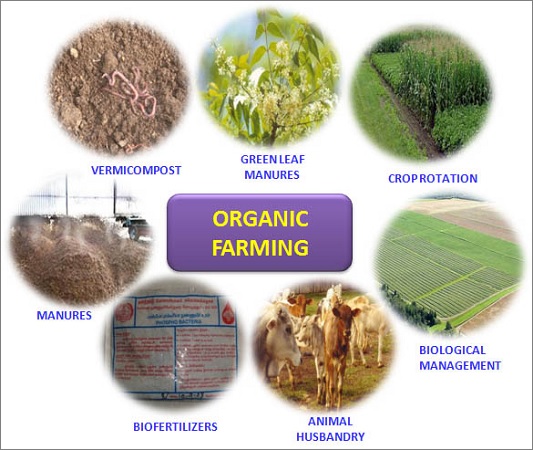
It relies on techniques such as crop rotation, green manure, biofertilizers, compost, and biological pest control to maintain soil productivity. It also relies on ecological processes, biodiversity and cycles adapted to local conditions, rather than the use of inputs with adverse effects.
It is a type of cover crop that is grown to add nutrients and organic matter to the soil. It is grown for a specific period of time and after that, it is plowed and put into the ground while it is still green or shortly after flowering.
It provides subsidy on purchase of seeds & on cost for production of seeds for green manure plants and it is of two types:
For Example - Cowpeas, Soybeans
For Example - Sudan grass, Millets, Sorghum & Buckwheat

Advantages
Disadvantage
Organic fertilizers are derived from animal matter or vegetable matter.
For Example - Compost, Manure, Crop residue (green manure), Cow dung, Rock Phosphate, Bone Meal, Blood Meal, Fish Meal, Wood Chips/Sawdust.
The biofertilizers contain living microorganisms that, when applied promote growth by increasing the supply or availability of primary nutrients to the host plant.
For Example - Rhizobium, Azotobacter, Azospirilium, and Blue-Green Algae (BGA)
These fertilizers take time to enrich the soil but once it is done, it lasts long and is completely sustainable.
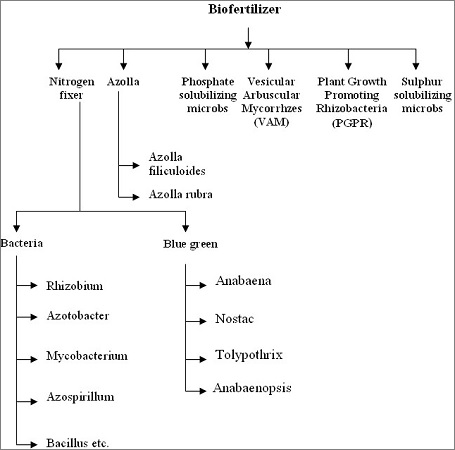
Pros of Biofertilizers
Cons of Biofertilizers
A fertilizer is any organic or inorganic, natural, or synthetic material added to soil to supply one or more plant nutrients essential to the growth of plants. These fertilizers provide 6 macronutrients and 8 micronutrients to plants for well-balanced growth.
In India, Urea is the only controlled fertilizer, which is sold at statuary notified uniform sale price while the Phosphoric and Potassium fertilizers are under a decontrolled regime and are sold at indicated MRPs.
This scheme is for 22 grades of decontrolled fertilizers, which are provided to farmers at subsidized rates based on nutrient content (N, P, K & S) in these fertilizers. There is an additional subsidy provided on the fertilizers fortified with other secondary micronutrients & micronutrients as approved under the Fertilizer control order (FCO).
The subsidy given to companies is fixed annually on the basis of nutrient contents while the MRPs of fertilizers have been left open and manufacturers are allowed to fix MRPs at a reasonable level.
However, Urea is not covered under the NBS scheme and the government continues to provide subsidies on urea separately. As a result:
It is the modified form of agricultural plants to enhance desired traits such as increased resistance to herbicides or improved nutritional content. In this, the latest molecular biology techniques & genetic engineering are used and plants are undertaken breeding to get the desired results.
Last decade, Genetically modified (GM) crops were introduced esp. for Cotton & Brinjal in India but as of now only GM Bt. Cotton production is allowed.
GM Foods Advantages
GM Foods disadvantages
GM Foods have the potential to solve many of the world’s hunger and malnutrition problems and to help protect and preserve the environment by increasing yield and reducing reliance upon chemical pesticides and herbicides.
However, there are a lot of challenges standing in front of the government for safety testing, regulation, international policy, and food labeling. It should be done very carefully to avoid any unintended harm to human health and the environment.
India has the largest population of livestock in the world. The largest number of cattle in India found is found in MP & UP. Maharashtra (1) and Haryana (2) have the highest livestock density and cattle density in India is 12.8 cattle/100 Ha.
Famous Indian Crops
Rice
It requires a Warm & Humid climate with an average temperature of 20 to 27 Degree C. It requires an average rainfall of 150 cm.
Wheat
It requires a moderately cool climate with an average temperature of 15 to 20 Degree C. It requires an average rainfall of 75 cm.
Maize
It requires a warm climate with an average temperature of 18 to 27 Degree C. It requires an average rainfall of 75 cm.
Sugarcane
It belongs to the Bamboo family and is indigenous to India. It requires a moderately warm climate with an average temperature of 20 to 27 Degree C. It requires an average rainfall of 75 to 150 cm.
Millets
It requires a warm and dry climate with an average temperature of 20 to 30 Degree C. It requires an average rainfall of 40 to 60 cm.
Cotton
It requires approx. 210 frost-free days with an average temperature of 20 to 30 Degree C. It requires an average rainfall of 50 to 100 cm.
Jute
It is obtained from the bark of the plant. It requires Hot & Humid climate with an average temperature of 25 to 35 Degree C. It requires an average rainfall of 120 to 150 cm.
Tobacco
It requires 120 – 180 frost-free days with an average temperature of more than 18 Degree C. It requires an average rainfall of 50 cm.
Tea
It requires heavy rainfall but no stagnant water with an average temperature of 20 to 30 Degree C. It requires an average rainfall of 150 to 250 cm.
Coffee
It requires heavy rainfall but no stagnant water with an average temperature of 15 to 25 Degree C. It requires an average rainfall of 150 to 250 cm.
Cocoa
It requires protection from direct sun rays with an average temperature of 25 Degree C. It requires an average rainfall of 125 cm.
Barley
It requires the same climatic conditions as wheat and it can be grown in areas of poor soil with less rainfall.
Rubber
It is obtained from the latex of plants (Heavea Brasitiensis). It requires an average rainfall of 250 cm with an average temperature of 20 to 30 Degree C.

Share:


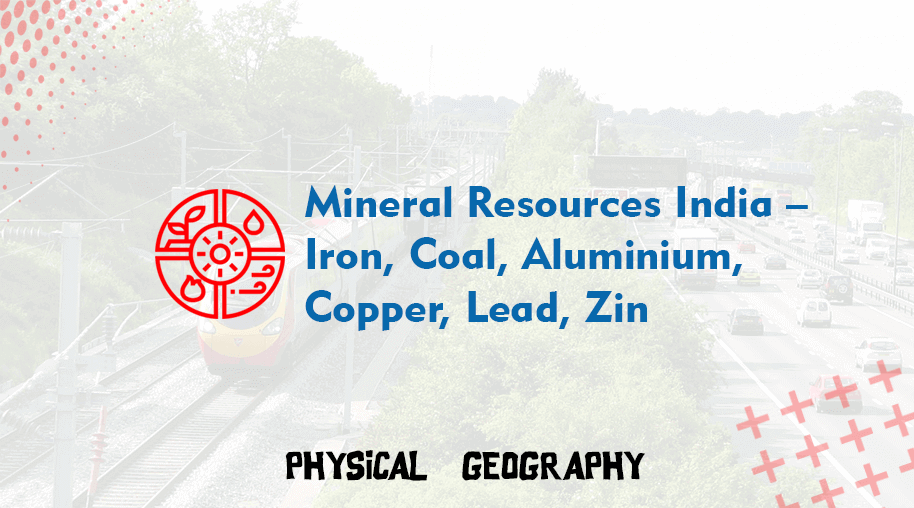
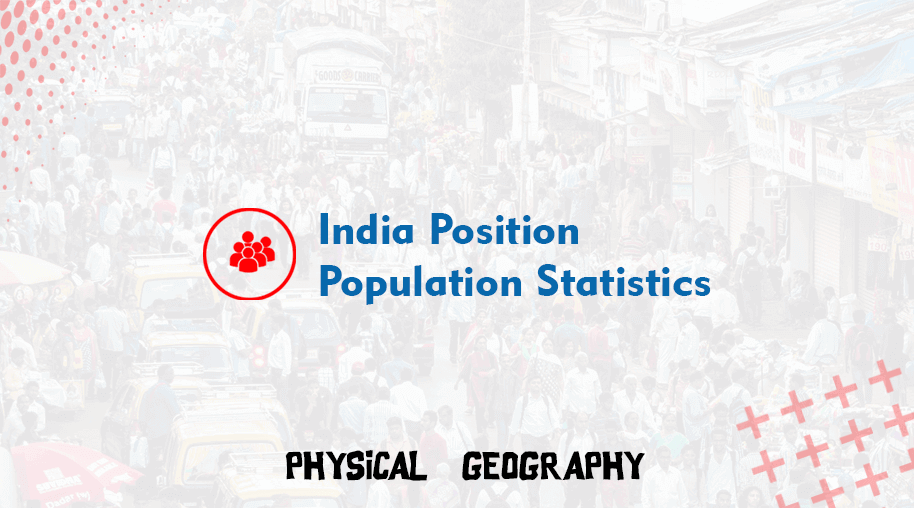
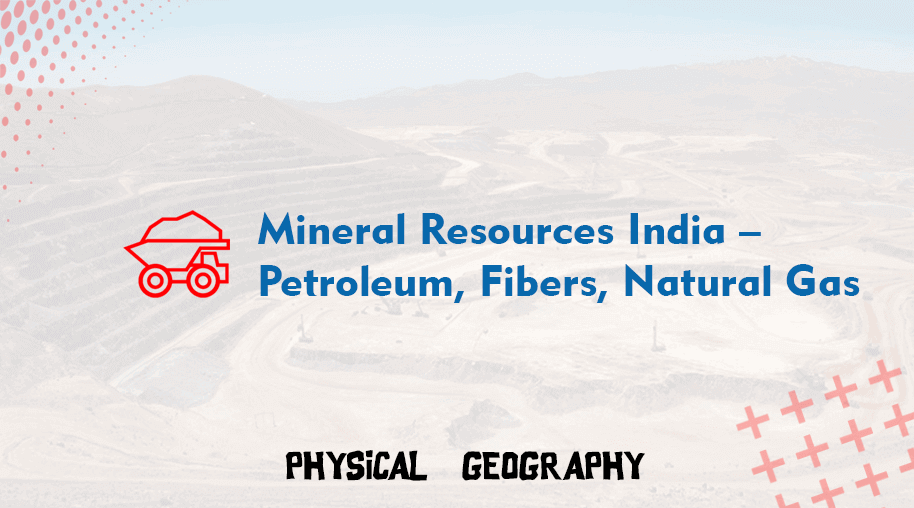


Comments
Waiting for your comments